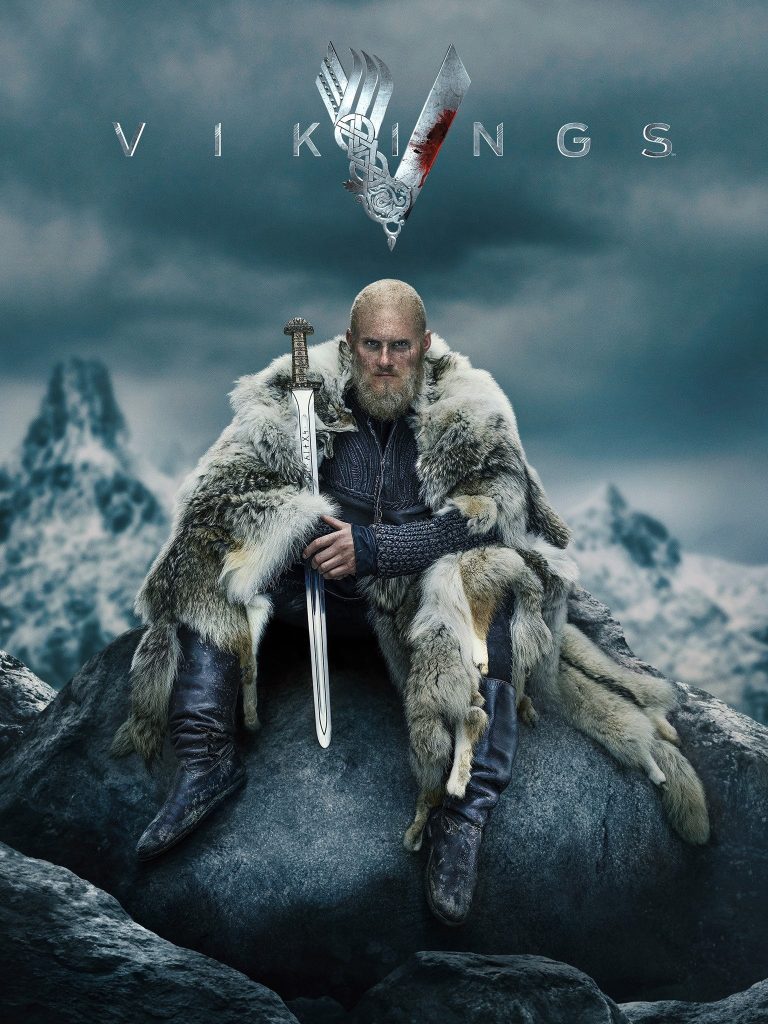
Introduction
In recent times, Vikings have captured both historical attention and modern fascination. With new discoveries in Viking archaeology, researchers have shed more light on their rich history and far-reaching influence. Recent news reveals insights into their travel routes, daily lives, and how Viking culture continues to shape our world today. These revelations provide an opportunity to delve deeper into the past while reflecting on how Vikings are perceived today.
New Discoveries in Viking Archaeology
Recent excavations in Denmark have unveiled several Viking-era treasures. Archaeologists uncovered Viking ship graves that date back over a thousand years. These ships, believed to carry the remains of high-ranking warriors, highlight the significance of seafaring in Viking culture. Additionally, researchers found intricate jewelry and weapons, all pointing to the craftsmanship and wealth the Vikings amassed during their time.
Further discoveries have been made in England, where Viking raids were frequent. A new burial site, unearthed in Northumberland, contained the remains of Viking warriors and local Anglo-Saxon nobles. This blend of cultures provides fresh insights into the Viking raids that once terrorized the English coast. It also suggests a possible intermingling between the two societies.
Archaeologists are increasingly using cutting-edge technology to analyze Viking artifacts. DNA analysis from ancient Viking graves in Norway reveals more details about the Vikings’ genetic makeup. This research challenges previous assumptions that Vikings were solely of Scandinavian descent, showing that they intermarried with other groups during their extensive travels.
The Global Influence of Vikings
Vikings are most famously known for their raids across Europe. However, recent studies demonstrate that their influence extended much further. In addition to Scandinavia, they ventured into the Middle East, North America, and Central Asia. For instance, artifacts found in Russia and Turkey suggest that Vikings established trade routes reaching as far as the Byzantine Empire.
Moreover, evidence from L’Anse aux Meadows in Newfoundland, Canada, suggests that Vikings were the first Europeans to set foot in North America. These discoveries have changed how historians view Viking exploration, highlighting their skills as navigators and their daring to venture beyond known lands.
Their far-reaching influence is also reflected in the cultural exchanges they initiated. Viking traders introduced new goods and ideas to the places they visited. In return, they brought foreign innovations back to their homeland. Recent studies suggest that Viking sagas, which were passed down orally, may have been influenced by stories from other civilizations they encountered.
Cultural Impact in Modern Times
The image of Vikings has shifted dramatically over the centuries. In the 19th century, they were often depicted as brutal warriors, driven only by conquest. However, recent news and academic research portray them in a more nuanced light. The Vikings were not only raiders but also skilled traders, farmers, and craftsmen. This change in perception is due in part to the growing body of archaeological evidence.
In popular culture, Vikings remain a source of fascination. Shows like Vikings and The Last Kingdom have introduced the Norsemen to new generations, blending historical fact with fiction. These shows, while sometimes dramatized, spark an interest in learning more about Viking history. As a result, people today often see Vikings as multifaceted individuals rather than simply violent invaders.
Furthermore, Viking-themed events and festivals have gained popularity in various countries. These celebrations, which often feature reenactments, immerse attendees in Viking culture. People dress as Norse warriors, participate in traditional games, and even learn Viking crafts. Such events help foster an understanding of the Vikings’ lifestyle and customs.
Modern-Day Connections to Viking Heritage
Several Scandinavian countries, including Denmark, Norway, and Sweden, continue to honor their Viking past. Museums dedicated to Viking history, such as the Viking Ship Museum in Oslo and the National Museum of Denmark, preserve artifacts and educate the public. These institutions are integral in maintaining a connection between the modern world and Viking heritage.
In Iceland, where Viking settlers established colonies, many locals proudly trace their ancestry back to the Norsemen. The Icelandic Sagas, which recount the lives and deeds of Viking heroes, remain an essential part of the country’s literary tradition. Recent translations of these sagas have sparked international interest, further promoting Viking culture.
The ongoing fascination with Viking history has also fueled the creation of Viking-inspired merchandise. From clothing to jewelry, many products bear Viking symbols like the Mjölnir (Thor’s Hammer) or the Valknut (a symbol associated with the afterlife). These items not only serve as fashionable accessories but also reflect a desire to connect with an ancient and storied past.
The Role of Vikings in Shaping European History
Vikings played a significant role in shaping the political landscape of medieval Europe. They founded several influential settlements, including what would become modern-day cities such as Dublin and York. Recent news reports highlight ongoing debates about the extent of Viking rule in certain regions.
In France, for example, the legacy of the Viking leader Rollo has been the subject of renewed interest. Rollo, a Norse chieftain, became the first ruler of Normandy after making peace with the French king. His descendants, including William the Conqueror, went on to shape European history. This direct Viking connection to major historical events has led scholars to revisit how Viking leaders influenced the political systems of their time.
Viking raiding also had a lasting impact on the English monarchy. The rise of Alfred the Great, who successfully defended England from Viking invasions, marked the beginning of a unified English kingdom. The period of Viking rule over parts of England, known as the Danelaw, introduced new laws and cultural practices that endured long after the Vikings left.
Challenges to Traditional Viking Narratives
Recent news has also brought to light new research challenging traditional narratives about Viking life. For years, historians assumed that Viking women played a limited role in their society. However, recent DNA analysis of Viking graves revealed that women may have been warriors, challenging long-held assumptions about gender roles in Viking culture.
In 2017, the discovery of a female warrior’s grave in Sweden ignited debates about women’s roles in Viking society. This grave, initially believed to belong to a male warrior, contained a full set of weapons, including a sword and shield. Further DNA testing confirmed the individual was female, leading scholars to reconsider the status of women in Viking warfare.
Moreover, recent news has highlighted the environmental impact of Viking activities. Archaeologists are now exploring how Viking settlements may have contributed to deforestation in parts of Scandinavia. This environmental history provides a more comprehensive view of the challenges Vikings faced as they expanded their territories.
Conclusion
The Vikings remain an enduring symbol of adventure, resilience, and exploration. Recent news and discoveries continue to reshape our understanding of their influence on world history. As archaeological techniques advance, we gain new insights into the Vikings’ daily lives, their interactions with other cultures, and their legacy. From ship burials to DNA analysis, the latest findings invite us to reconsider what we know about these ancient seafarers.
The modern-day fascination with Vikings is unlikely to fade anytime soon. Their stories of bravery, exploration, and conquest still resonate today. Whether through historical study, popular culture, or Viking-inspired events, the legacy of the Vikings lives on, inspiring new generations to explore the mysteries of the past.
External Links:



